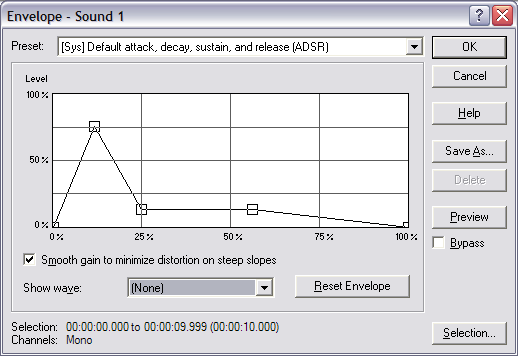Survey of Sound class 4
Contents
Review Sound Properties
There is a good reading and a bunch of supplemental readings in the High School Physics Tutorial
- Which wave (Wave1 or Wave2) has a Lower Frequency?
- Which wave (Wave1 or Wave2) has a Higher Amplitude?
- Which wave (Wave1 or Wave2) has a Longer Wavelength?
- Which wave (Wave1 or Wave2) has a Faster Speed?
- Which wave (Wave1 or Wave2) has a Higher Pitch?
- Which wave (Wave1 or Wave2) is Louder?
The Ear and Hearing Loss
Outer Ear
- Pinna
- Auditory Canal
- Ear Drum
Inner Ear
- Mallus, Incus, Stapes
- Semi-Circular Canals
- Cochlea
- Eustachian Tube
- Auditory Canal
Hearing Loss
Interference and Beats
adding sound waves
- Interference and Beats
http://www.school-for-champions.com/science/soundbeat.htm
Difference between two notes is called interval
Frequency and Pitch
Frequency if the measure of how many cycles a wave complete per second.
Frequency (f) is measures in Hertz
Period (T) in the inverse of infrequency is is measured in seconds
Frequency = Cycles/Second Perdiod = Seconds/Cycle
f = 1/T T = 1/f
The perception is frequency is know as pitch.
Intervals
An octave is doubling of the frequency.
ie 440 Hz is an A
the next A after 440 Hz is 880 Hz
In westen music the octave is divided into 12 semi-tones
http://thinkzone.wlonk.com/Music/12Tone.htm
http://en.wikipedia.org/wiki/Interval_(music)
http://www.musicalintervalstutor.com/
http://www.keystrokepublishing.com/html/sight_singing_tips.html
Phase
Phase in measured in degrees.
The phase of a sound has to do with the time domain.
Adding two Simple Harmonic waves -Applet
Adding two Simple Harmonic waves2 - Applet
http://library.thinkquest.org/19537/java/Wave.html
Timbre/Harmonic structure
Timbre is a descriptive word used to help describe the 'color' and envelope of a sound.
All sound is made up of simultaneous sounding tones. In the 1700 Joseph Fourier a French mathematical physicist proved that all sound can be synthesized be adding sine waves. The way these sine waves are added together make things sound different.
http://www.gac.edu/~huber/fourier/
Different sound don't sound the same due to different fundamental frequencies, harmonics, complexity, and envelope.
Timbre is made up of Harmonics and Envelope. The Harmonics define the different frequencies present in a a sound and the envelope defines the amplitude through time.
Harmonic Structure
http://www.rane.com/par-t.htm Harmonics defined @ rane
Understanding Harmonics Fundamental Frequency and Harmonics
Instruments
* Guitar string * Open-End Air Columns * Closed-End Air Columns
Natural harmonics are multiple of the fundamental/
Understanding Harmonics @ Harmony Central
http://ptolemy.eecs.berkeley.edu/~eal/eecs20/berkeley/scale/demo/timbre.html
http://www.umanitoba.ca/faculties/arts/linguistics/russell/138/sec4/source.htm
http://library.thinkquest.org/19537/cgi-bin/showharm.cgi
Envelope
Envelope is the Time/Amplitude shape of the wave. It is essentially a means of amplitude thought time.
Robert L Mott's Nine Components of Sound
Attack -- Decay-- Sustain -- Release

Different Domains of sound
Time Domain
Time along X axis and Amplitude Y axis -Fixed 2/29/00
Sine wave looks like a sine wave
Frequency Domain
Freq. along X axis and Amplitude Along Y axis-Fixed 2/29/00
Sine wave looks like a line
Home Work
Sound for Interaction Sound Environment
Quiz 1 review
Properties of sound High school physics tutorial
* Sound Is a Longitudinal wave * Speed of sound (measured in m/s) * Frequency (measured in Hz) * Period (seconds per cycle) * Wavelength (measured in meters) * Amplitude/Pressure (for this class we will only look at dBs) * Phase (measured in degrees)
Understand the difference between transverse and longitudinal waves.
Be able to calculate frequency from wavelength or period and visa-versa.
Understand
* dB's * Different ways of representing and audio wave (the Domains of Sound) * Timbre/Harmonic structure * Dynamic Range and Headroom
